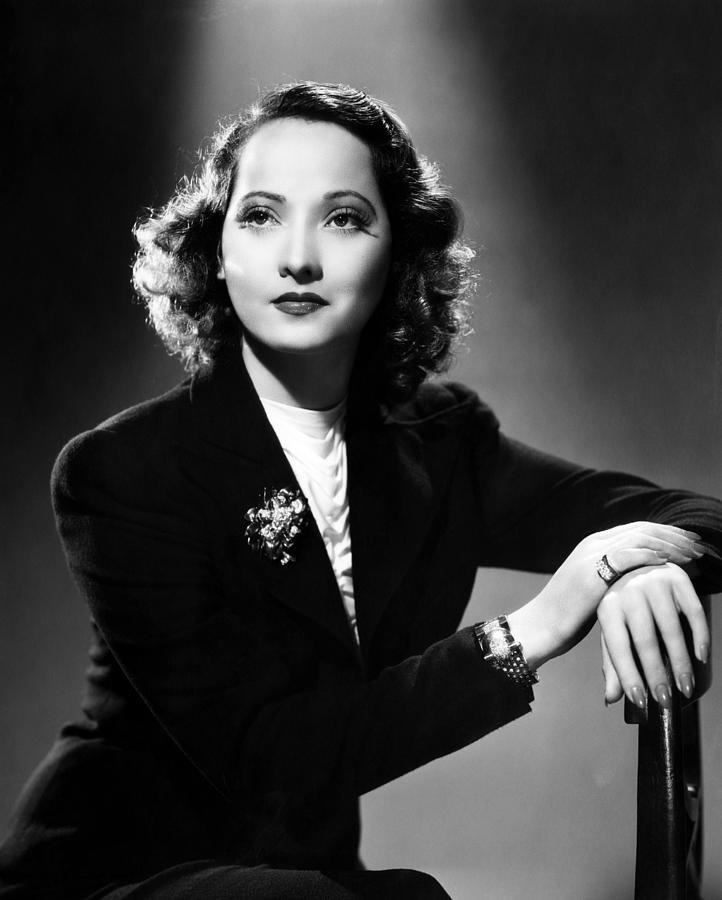Classic films like “Wuthering Heights,” “The Scarlet Pimpernel” and “The Divorce of Lady X,” were shot during the Golden Age of Hollywood, and marked by the involvement of Merle Oberon.
Merle Oberon (1911-1979), born Estelle Merle O’Brien Thompson, was a rising star and widely loved figure of Hollywood’s Golden Age.

Source: Pinterest
At first glance, Oberon looks like any other actress of the time, but she kept a secret with her until the day she died. Oberon was the daughter of an Irish man and an Eurasian woman, making Oberon Anglo-Indian. She spent the first 17 years of her life living in British India, and eventually moved to Britain and then the United States to pursue her acting career.
She rose through the ranks of Hollywood detached from her true identity. She lived under the lie of being born in Tasmania, where her father was killed in a “hunting accident.” Oberon would refuse to be shot on camera without makeup, fearing her complexion would hint towards her true race.
As depressing as her predicament was, Oberson’s efforts still paid off.
She became the first actor of Indian origin to ever earn an Oscar nomination–now followed by Ben Kingsley and Dev Patel. Merle Oberon had made history without anyone realizing.
Though not much is widely known about Oberon’s relationship with her race, it would be reasonable to believe her lie stemmed from Hollywood’s then social climate and not self-hatred. We now see stars like Mindy Kaling, Karan Brar, Dev Patel and many more Indian actors fighting to end discrimination and the lack of representation in the industry. However, during her time, Oberon was alone. She wanted to make it big and it likely wouldn’t have happened had anyone known about her Indian descent.
Merle Oberon became a victim of her time, but fortunately, times are changing. Last year’s Bollywood hit “Baahubali: The Conclusion ” grossed some $265 million worldwide and lost the spot as the top-grossing Indian movie only to “Dangal,” which grossed over $300 million.
Indians are getting the film representation they deserve, a path possibly paved by the work of Oberon.
Merle Oberon was a diamond in the rough who worked hard to make her dream come true, and her race should not shamble that. It is nothing short of a tragedy the work and trauma Oberon endured for the sake of receiving equal treatment from her peers. Her story gives us perspective on how the world has grown more tolerant.










